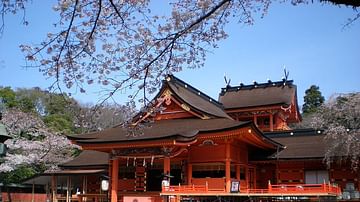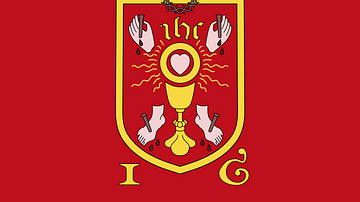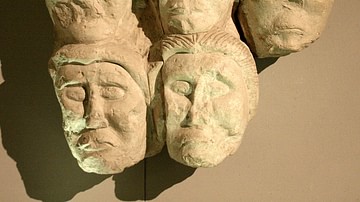Video
Cite This Work
APA Style
Kyokai, U. T. N. N. H. (2018, July 27). Sacred Sites and Pilgrimage Routes in the Kii Mountain Range (UNESCO/NHK). World History Encyclopedia. Retrieved from https://www.worldhistory.org/video/1491/sacred-sites-and-pilgrimage-routes-in-the-kii-moun/
Chicago Style
Kyokai, UNESCO TV NHK Nippon Hoso. "Sacred Sites and Pilgrimage Routes in the Kii Mountain Range (UNESCO/NHK)." World History Encyclopedia. Last modified July 27, 2018. https://www.worldhistory.org/video/1491/sacred-sites-and-pilgrimage-routes-in-the-kii-moun/.
MLA Style
Kyokai, UNESCO TV NHK Nippon Hoso. "Sacred Sites and Pilgrimage Routes in the Kii Mountain Range (UNESCO/NHK)." World History Encyclopedia. World History Encyclopedia, 27 Jul 2018, https://www.worldhistory.org/video/1491/sacred-sites-and-pilgrimage-routes-in-the-kii-moun/. Web. 20 Apr 2025.





